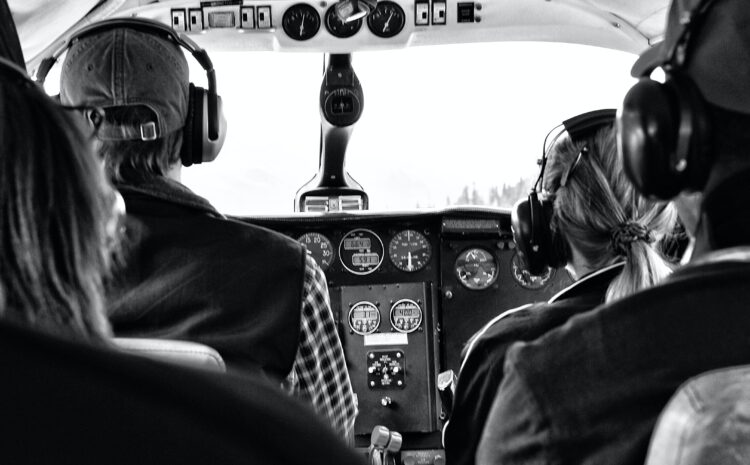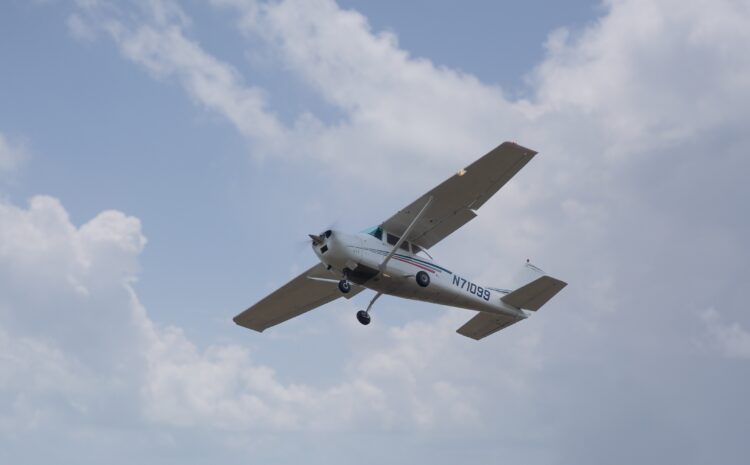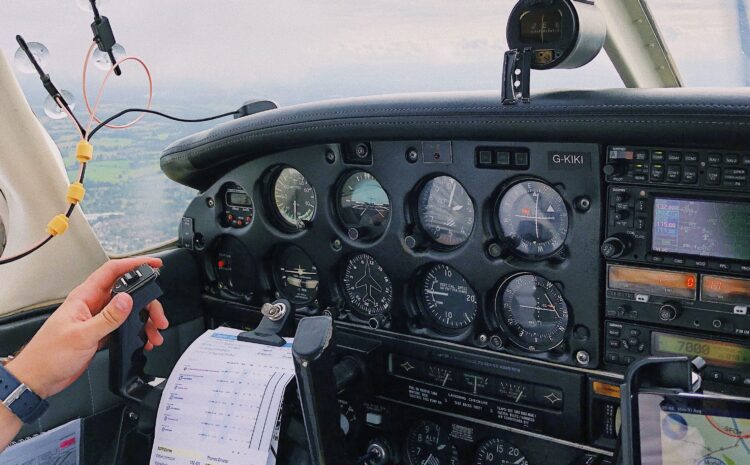
Tailwheel Aircraft: Tips for Safety and Performance
Tailwheel aircraft, also known as conventional landing gear aircraft, have a reputation for being more challenging to fly than their tricycle gear counterparts. However, with proper training and safety precautions, these aircraft can provide a thrilling and rewarding flying experience. In this blog, we’ll explore some of the unique characteristics of tailwheel aircraft and provide three safety tips for pilots.
First, let’s talk about what sets tailwheel aircraft apart from tricycle gear aircraft. The primary difference is the placement of the landing gear. Tricycle gear aircraft have a third wheel located at the front of the aircraft, which provides stability during takeoff and landing. Tailwheel aircraft, on the other hand, have two main wheels located towards the front of the aircraft and a smaller tailwheel located at the rear. This configuration makes tailwheel aircraft more maneuverable on the ground, but also more prone to ground loops and other handling difficulties.
Now, let’s dive into some safety tips for flying tailwheel aircraft.
Get Proper Training
Flying a tailwheel aircraft requires a different set of skills than flying a tricycle gear aircraft. It’s essential to seek out a qualified flight instructor who has experience with tailwheel aircraft. A good instructor will teach you the proper techniques for takeoff, landing, and ground handling, as well as how to recover from a ground loop or other handling difficulties.
Pay Attention to Wind Direction and Speed
Tailwheel aircraft are more sensitive to wind than tricycle gear aircraft. It’s crucial to pay attention to wind direction and speed when taking off and landing. A crosswind can cause the aircraft to drift off course during takeoff or landing, which can lead to a ground loop or other handling difficulties. Make sure you understand the proper crosswind technique for your aircraft and practice it regularly.
Use the Correct Braking Technique
Tailwheel aircraft are more prone to nose-overs during hard braking than tricycle gear aircraft. It’s important to use the correct braking technique to avoid this. When braking, apply the brakes smoothly and avoid locking up the wheels. If you feel the tail of the aircraft starting to lift, release the brakes and use the rudder to maintain directional control.
In conclusion, flying a tailwheel aircraft can be a thrilling and rewarding experience, but it requires proper training and safety precautions. By following these three safety tips and seeking out a qualified flight instructor, you can enjoy the unique handling characteristics of tailwheel aircraft while minimizing the risks associated with them. Happy flying!











